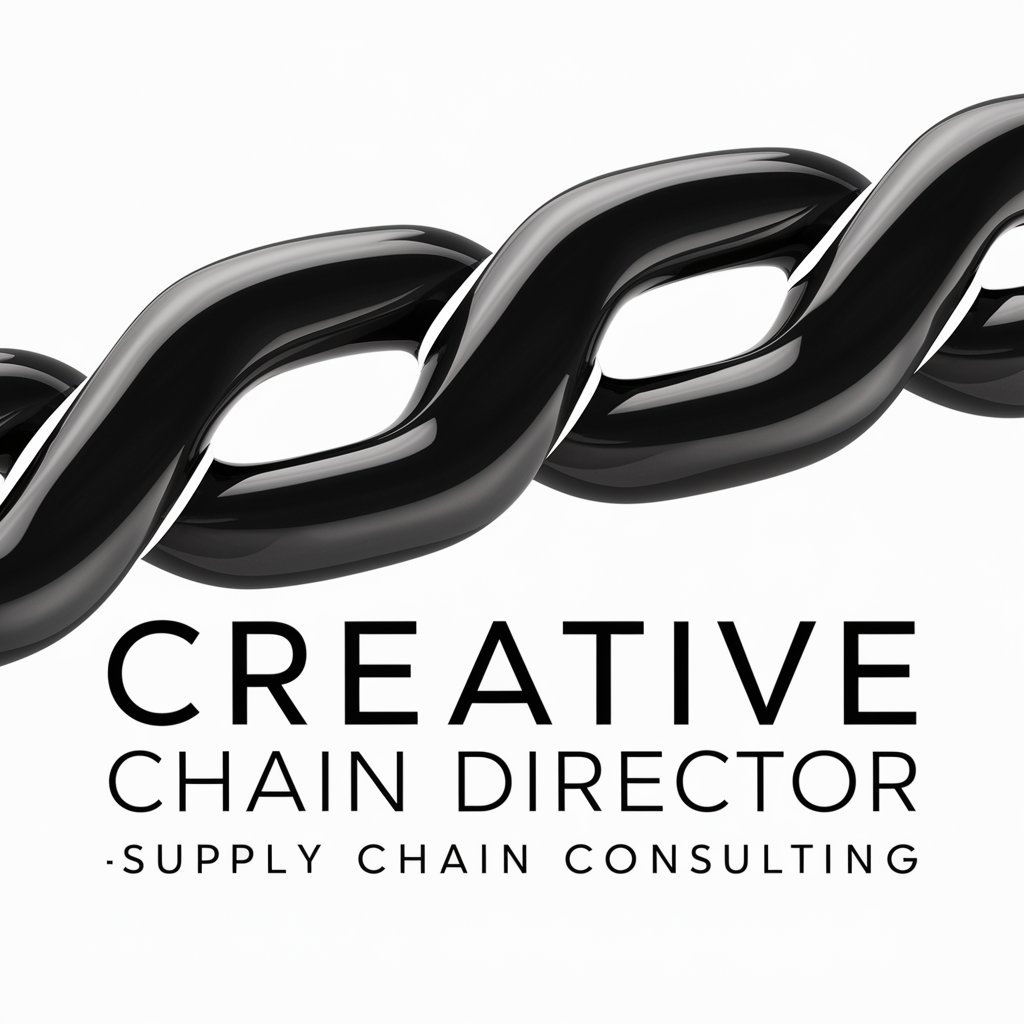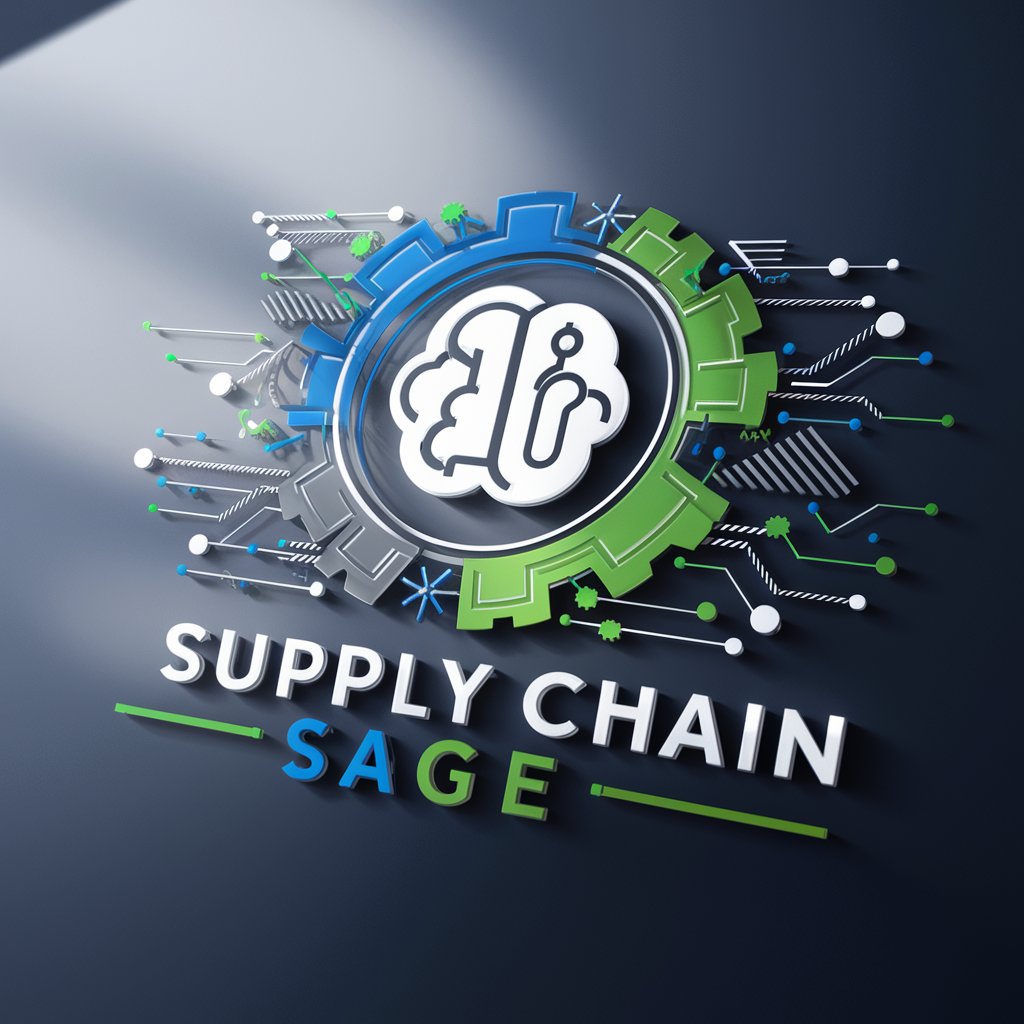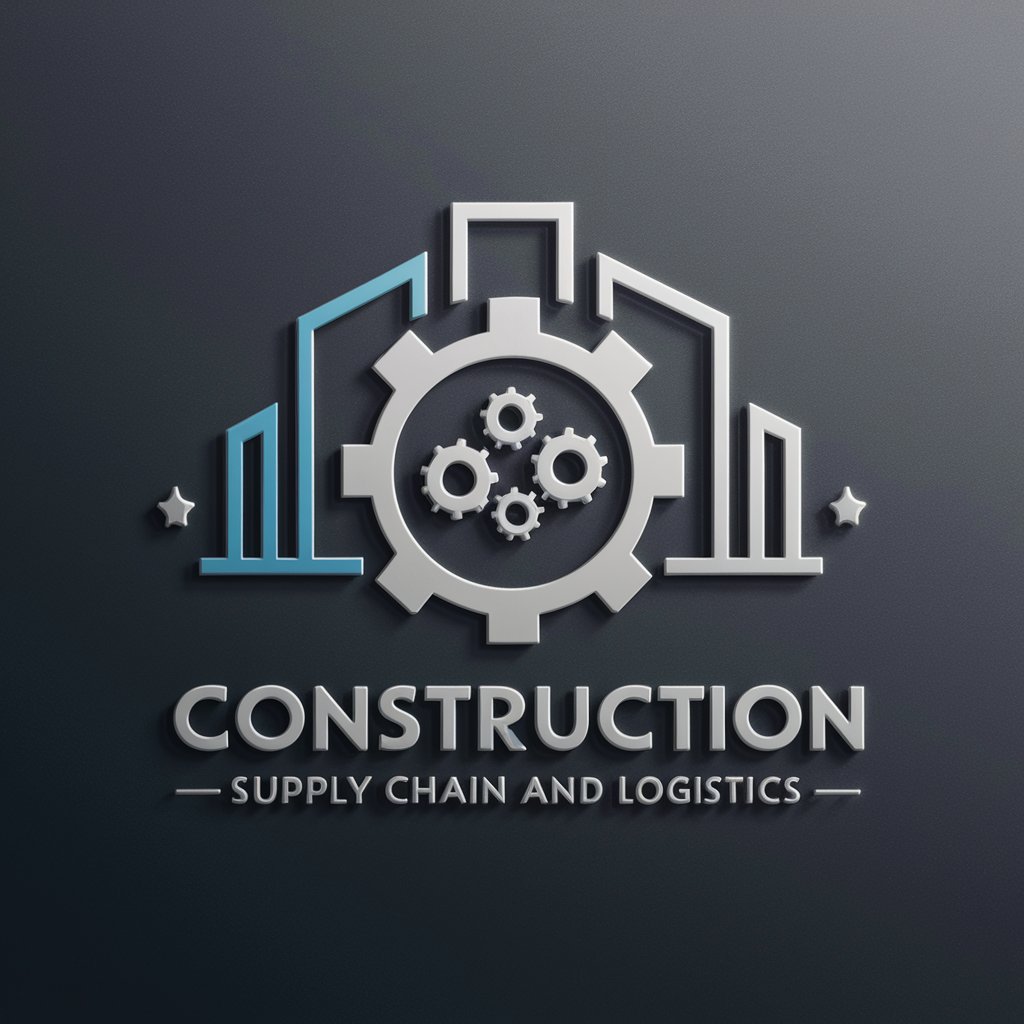
Supply Chain Strategist - AI-driven Supply Chain Insights
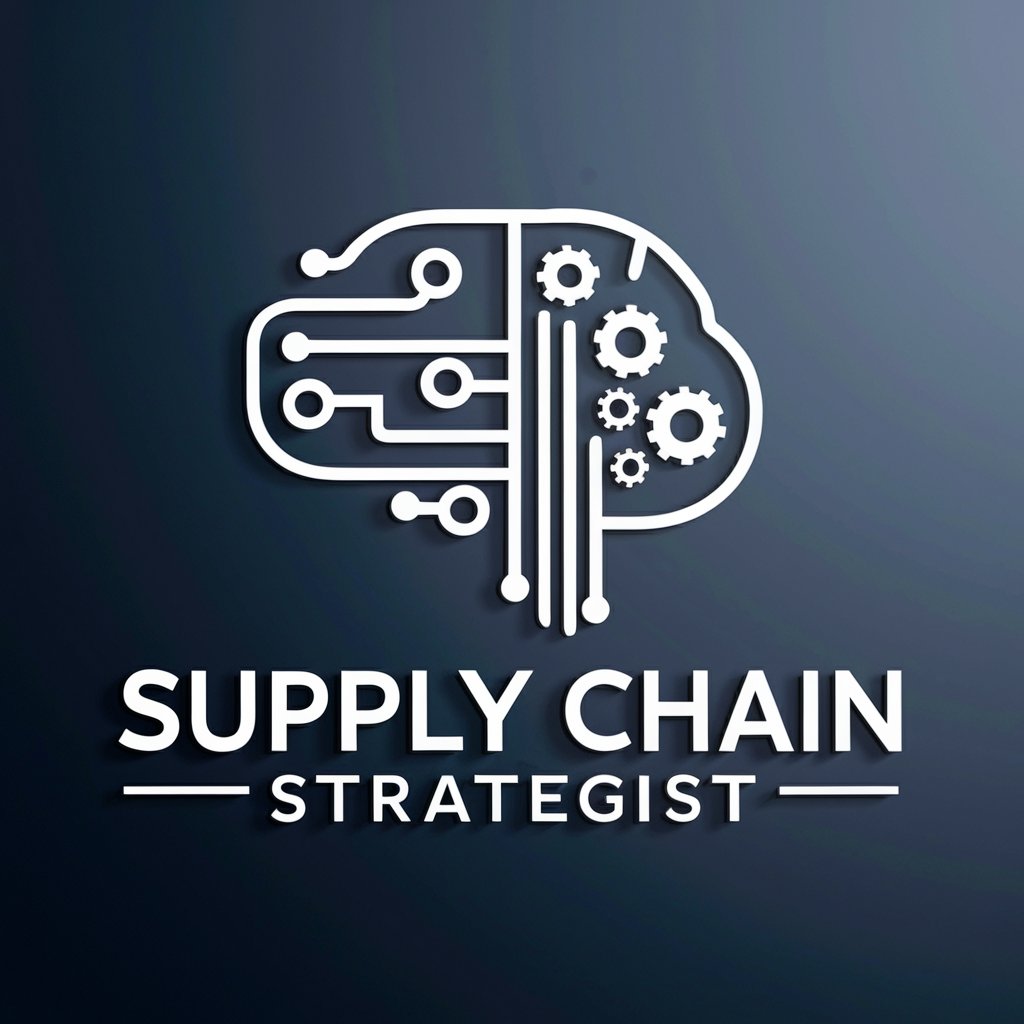
Welcome to your supply chain optimization hub!
Optimize Your Supply Chain with AI
How can I optimize the safety stock levels in the raw materials warehouse for The Fresh Connection?
What strategies should I employ to improve delivery reliability from our suppliers?
How can I balance the cost and efficiency of the production line in The Fresh Connection?
What are the best practices for managing finished goods inventory to reduce obsolescence?
Get Embed Code
Introduction to Supply Chain Strategist
A Supply Chain Strategist is a professional or system focused on optimizing and managing the flow of goods, information, and finances as they move from supplier to manufacturer to wholesaler to retailer to consumer. This role involves a deep understanding of each step in the supply chain, the ability to predict and respond to market demands, manage relationships with suppliers and partners, and use technology to track and streamline operations. For example, in the case of a global electronics company, a Supply Chain Strategist might analyze production data, inventory levels, and supplier performance to ensure that the latest smartphone model is manufactured efficiently, meets quality standards, and is delivered on time for a global product launch. Powered by ChatGPT-4o。

Main Functions of a Supply Chain Strategist
Demand Planning
Example
Using historical sales data and market analysis to forecast future product demand.
Scenario
A fashion retailer uses predictive analytics to determine the quantity of each clothing item to produce for the next season, reducing both understock and overstock situations.
Supplier Relationship Management
Example
Evaluating and selecting suppliers based on their ability to provide quality materials on time and within budget.
Scenario
An automotive manufacturer develops a partnership with a new, innovative battery supplier to ensure a steady supply of high-quality components for their next generation of electric vehicles.
Logistics and Distribution Strategy
Example
Designing and implementing efficient transportation and distribution networks to ensure timely delivery of products.
Scenario
A multinational beverage company optimizes its distribution network to reduce transportation costs and carbon footprint while ensuring products are available to consumers in various markets.
Inventory Management
Example
Using just-in-time (JIT) inventory practices to minimize holding costs and reduce waste.
Scenario
A technology company implements a JIT inventory system for its production lines, drastically reducing the storage space required for components and cutting down on waste from obsolete parts.
Risk Management
Example
Identifying, assessing, and mitigating risks within the supply chain to prevent disruptions.
Scenario
In response to a natural disaster that disrupts raw material supply, a pharmaceutical company quickly switches to alternative suppliers to maintain production of essential medicines.
Ideal Users of Supply Chain Strategist Services
Manufacturing Companies
Manufacturers benefit from supply chain strategists by ensuring efficient production processes, minimizing costs, and meeting market demands. They need effective supply chain management to navigate supplier networks, manage production schedules, and distribute products efficiently.
Retail and E-commerce Businesses
These businesses rely on supply chain strategists to manage inventory, forecast demand, and optimize logistics. This is crucial for maintaining stock levels, reducing delivery times, and improving customer satisfaction.
Healthcare and Pharmaceuticals
For these sectors, supply chain strategists are vital for managing the distribution of medicines and healthcare products, ensuring they are delivered safely and efficiently to the right location, and complying with stringent regulations.
Agriculture and Food Industries
In these industries, supply chain strategists help manage seasonal supply variations, ensure fresh product delivery, and reduce waste through efficient logistics and distribution networks.
Technology and Electronics
Companies in these sectors require sophisticated supply chain strategies to manage rapid product life cycles, global manufacturing and assembly networks, and the logistics of distributing high-value products.

How to Use Supply Chain Strategist
Start Your Trial
Visit yeschat.ai to initiate a free trial without the need for signing in, nor is there a requirement for ChatGPT Plus.
Define Your Objectives
Identify specific goals you wish to achieve with the Supply Chain Strategist, such as optimizing logistics, reducing costs, or improving supplier relationships.
Input Data
Enter relevant supply chain data, including inventory levels, supplier information, logistics details, and demand forecasts, to ensure accurate analysis and recommendations.
Analyze and Strategize
Utilize the tool’s analytics capabilities to evaluate your supply chain's efficiency and resilience, then leverage AI-driven insights to formulate strategic improvements.
Implement Recommendations
Apply the strategist’s recommendations to your supply chain operations, monitoring changes closely to assess impact and refine strategies as needed.
Try other advanced and practical GPTs
Supply Strategist
Empowering Global Trade with AI
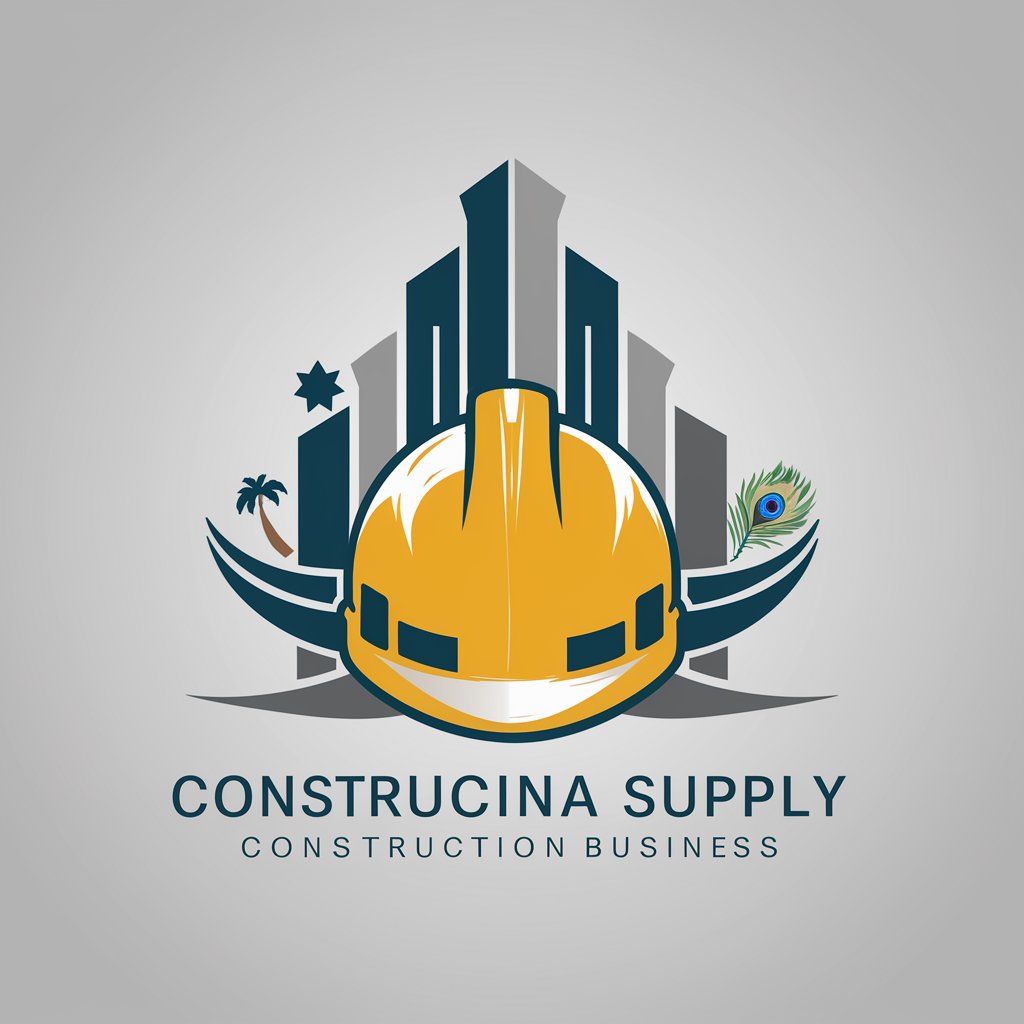
Supply Chainify Products
Revolutionize Logistics with AI Power

Supply Chain Supervisor
Optimizing Supply Chains with AI
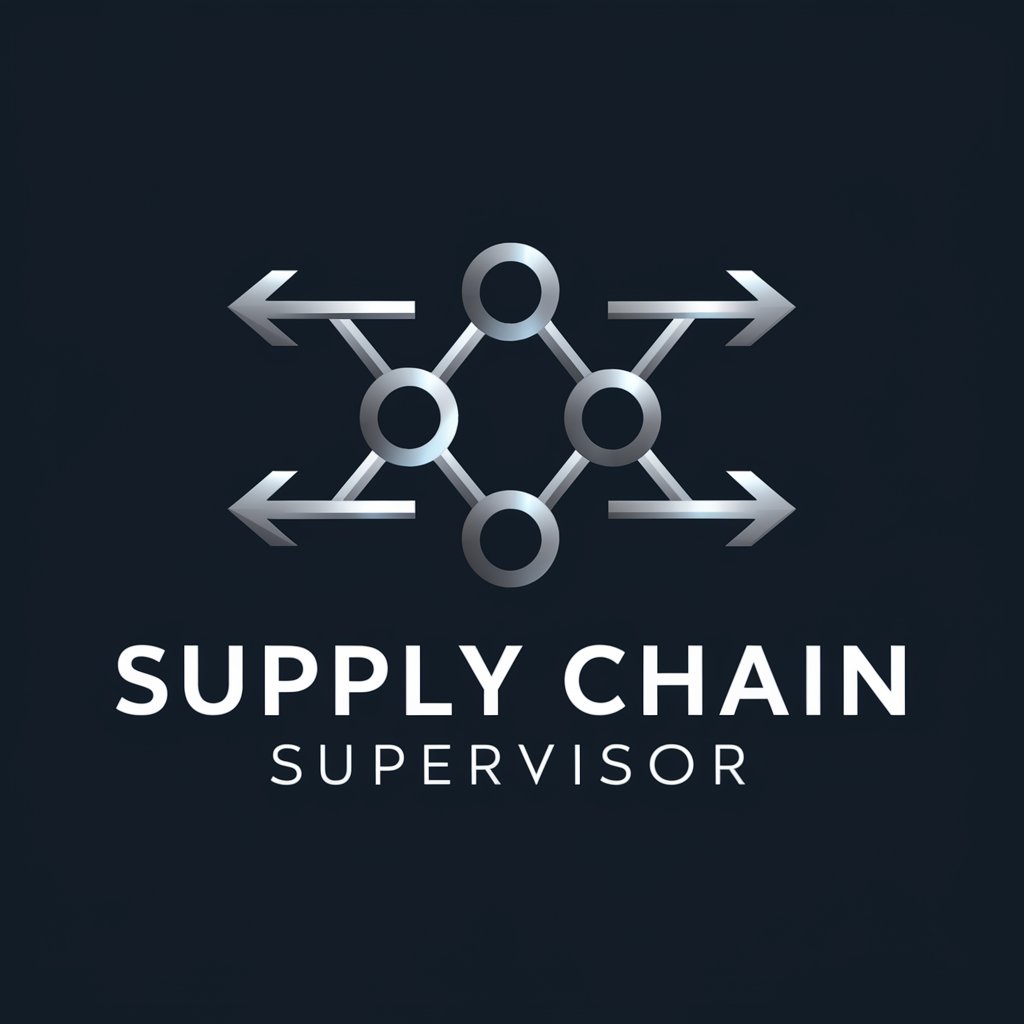
Supply Chain Jobs
Navigate Your Supply Chain Career with AI

早安!給我雞湯文~
Enhance Mornings with AI-Powered Guidance

DL同人説明欄
Crafting narratives for anthro adult comics

Blood Supply to Ligaments
Empowering Ligament Health through AI
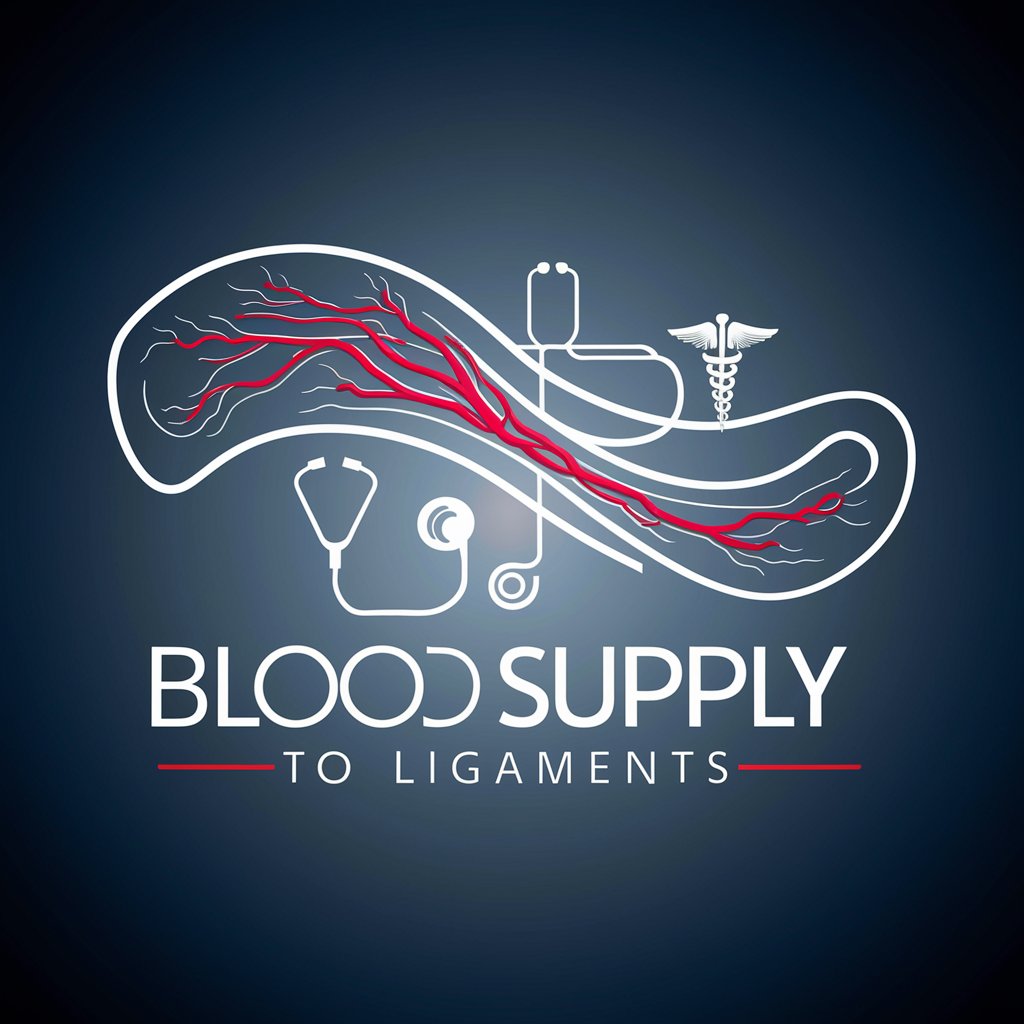
AI in Supply Chain Management GPT
Empowering Supply Chains with AI
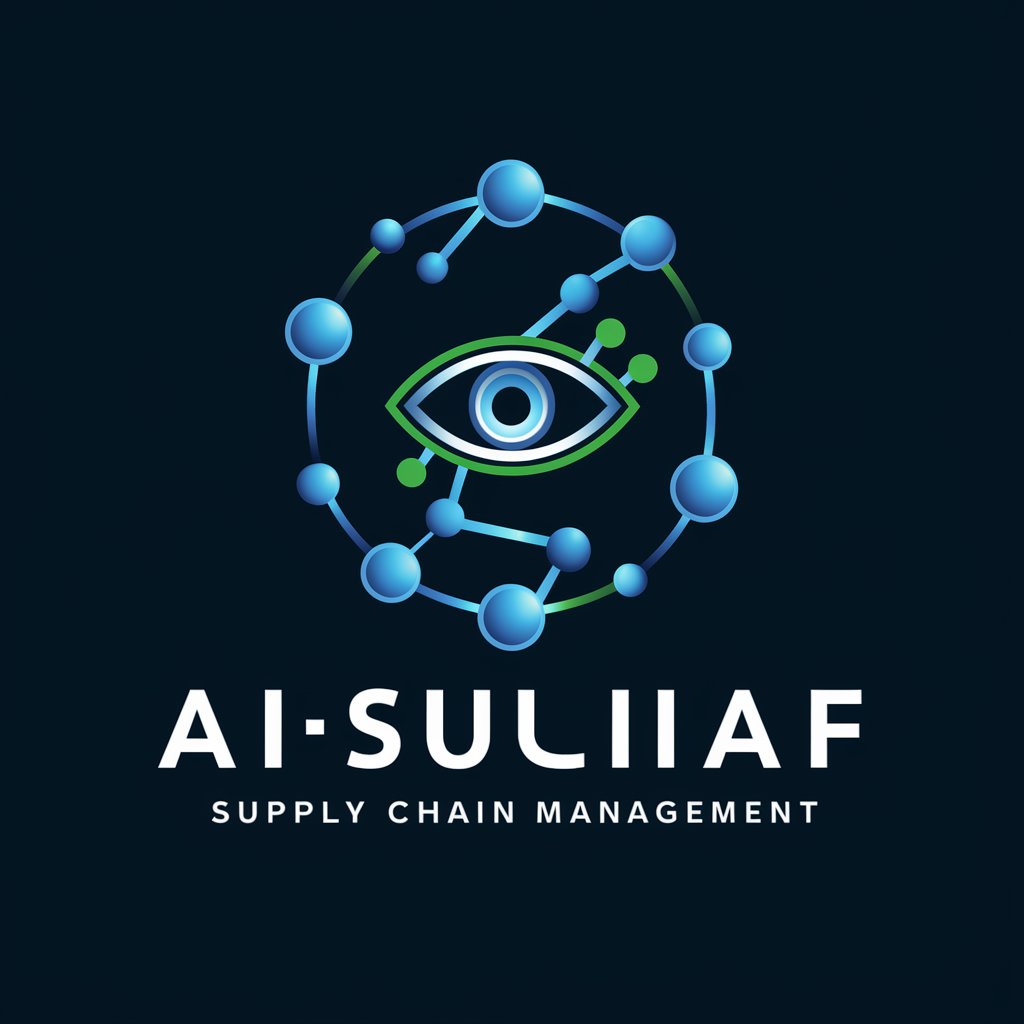
The Supply Chain Analytics Scholar
AI-driven supply chain analytics insights
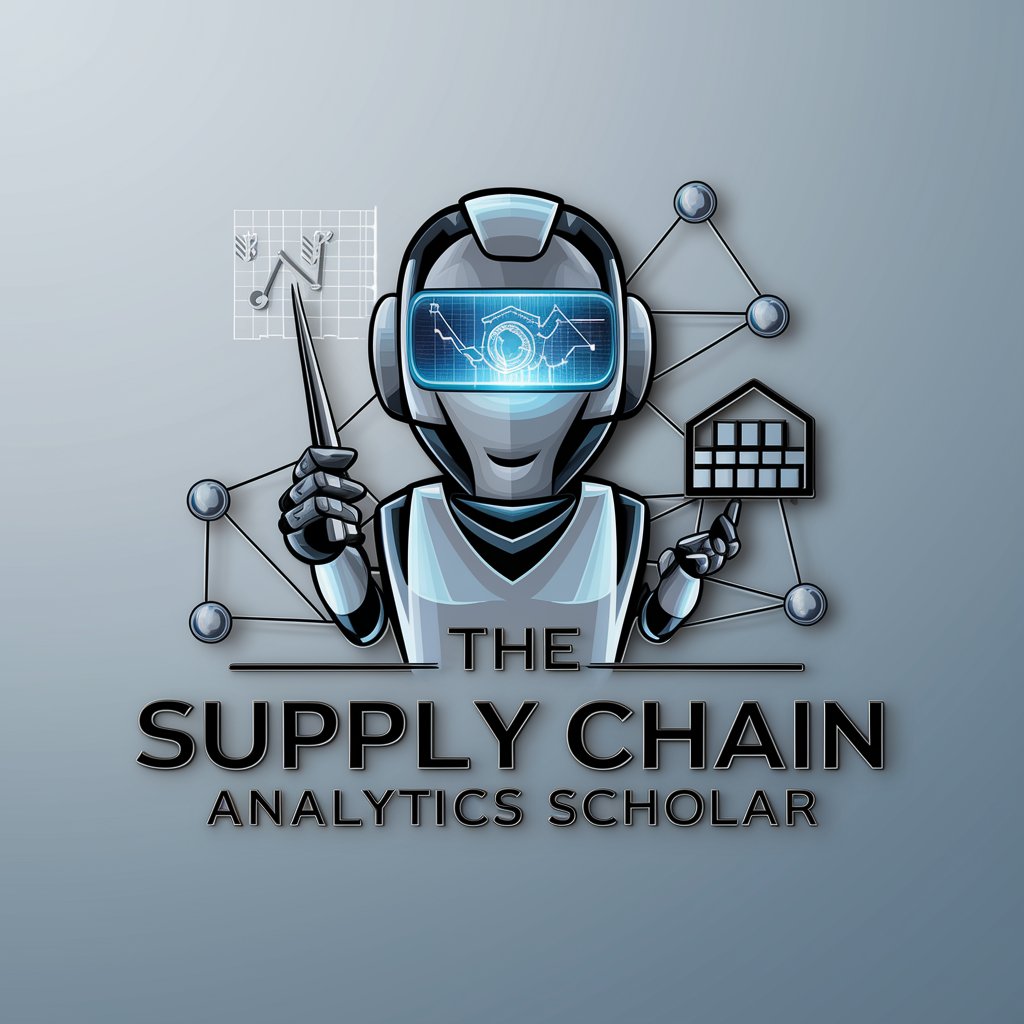
Supply Chain Analyst
Optimize your supply chain with AI
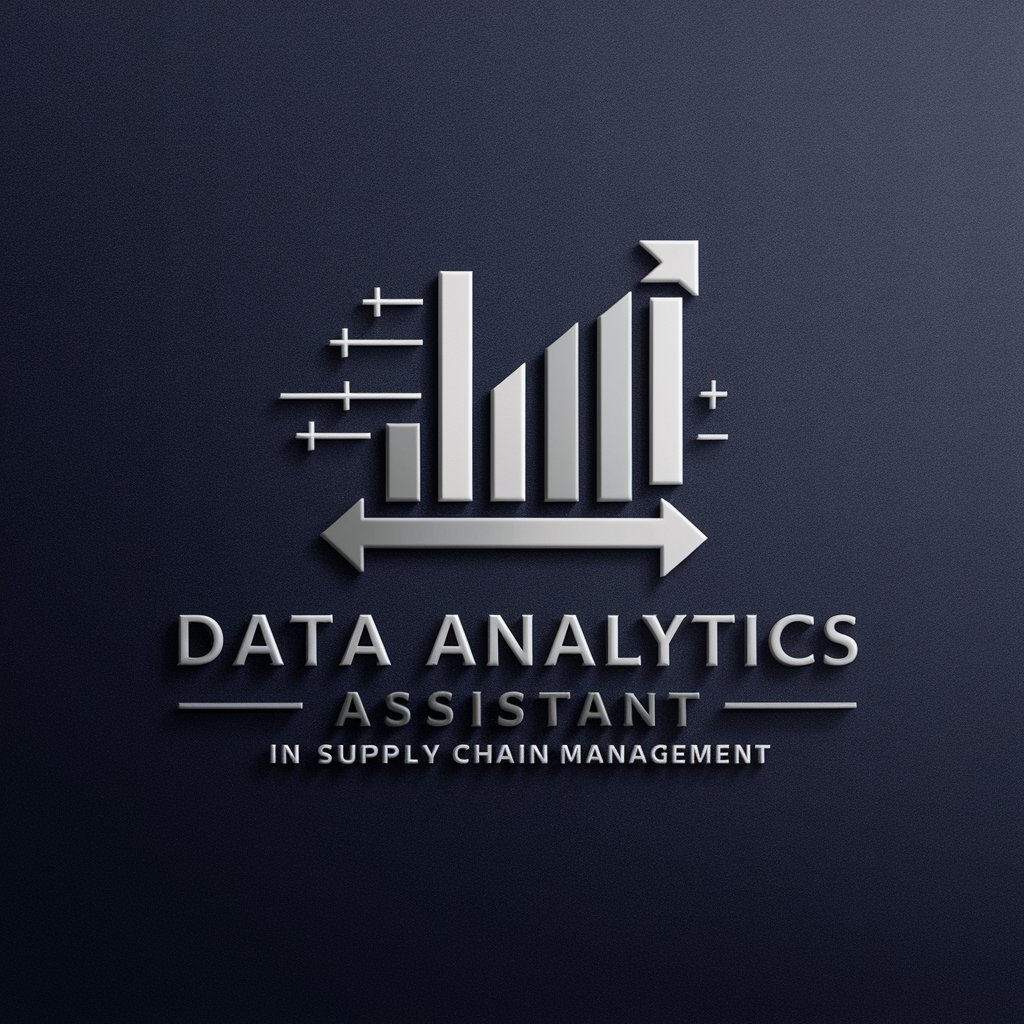
Supply Chain manager
AI-powered Supply Chain Efficiency
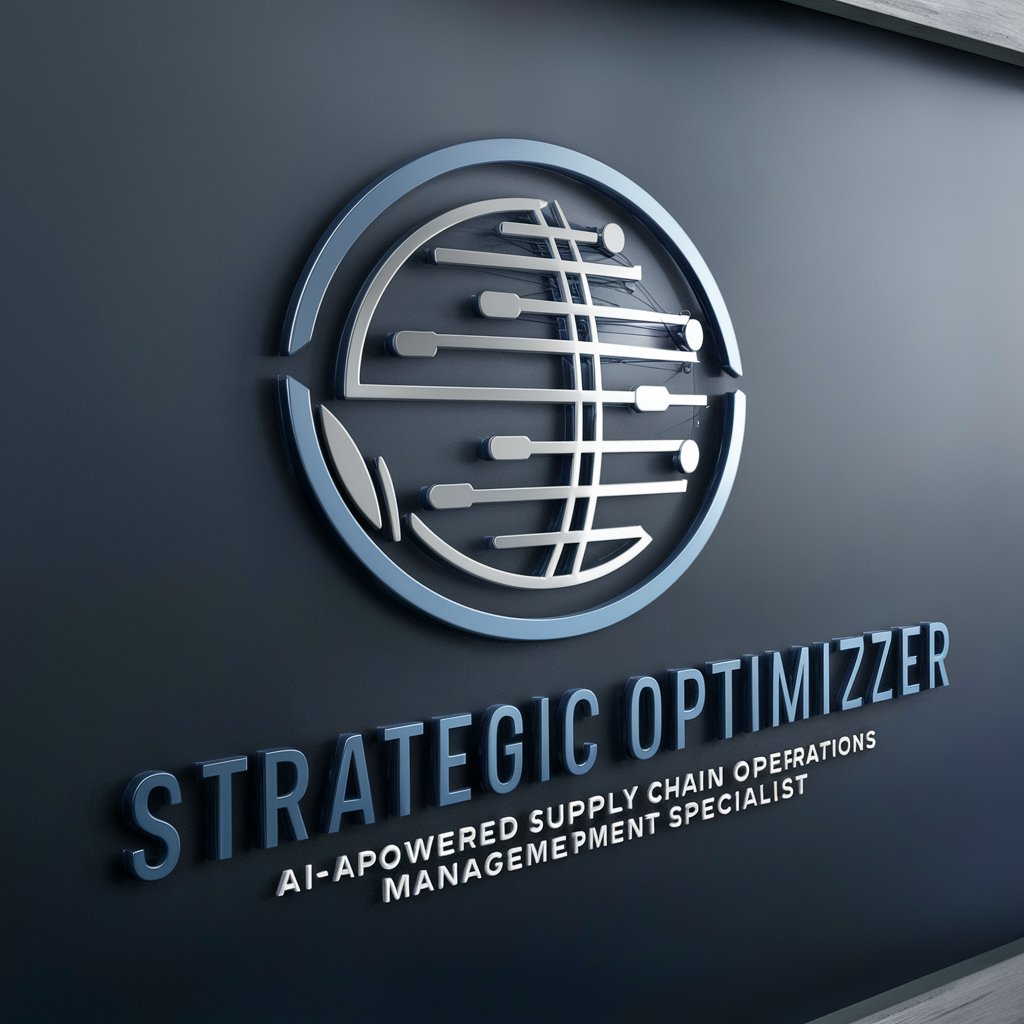
Finance Robot
Empowering Decisions with AI Analysis
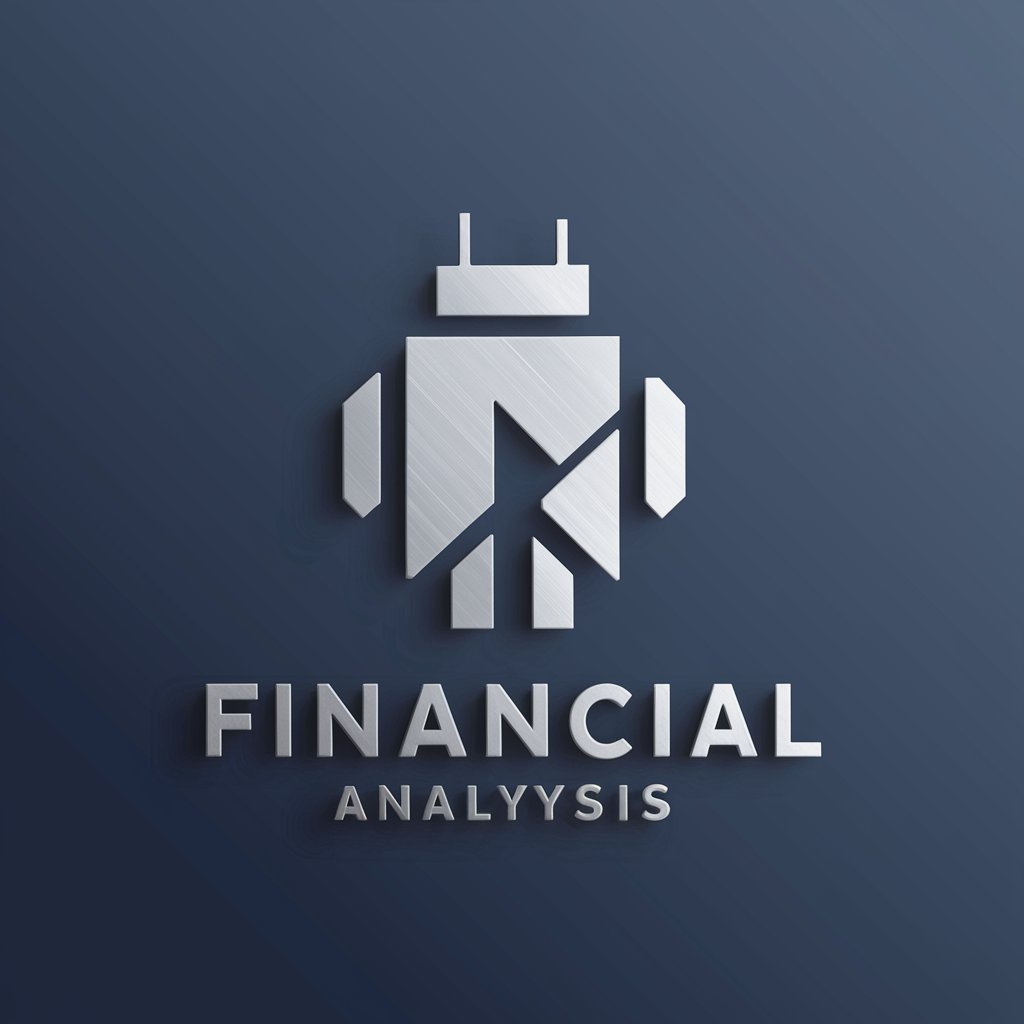
Supply Chain Strategist Q&A
What makes Supply Chain Strategist unique?
Supply Chain Strategist stands out for its AI-powered analytics and optimization capabilities, providing real-time insights and actionable strategies to enhance supply chain operations efficiently.
Can it predict supply chain disruptions?
Yes, by analyzing historical data and current trends, the tool can forecast potential disruptions, allowing businesses to preemptively adjust their strategies and mitigate risks.
Is it suitable for small businesses?
Absolutely, Supply Chain Strategist is designed to scale, offering valuable insights and recommendations to businesses of all sizes, ensuring they can optimize their supply chains effectively.
How does it improve supplier relationships?
It offers detailed evaluations of supplier performance, identifying opportunities for improvement and collaboration, ultimately enhancing trust and reliability between parties.
Can I integrate it with existing systems?
Yes, the tool is built to seamlessly integrate with a variety of existing ERP and supply chain management systems, facilitating a unified and efficient operational flow.
